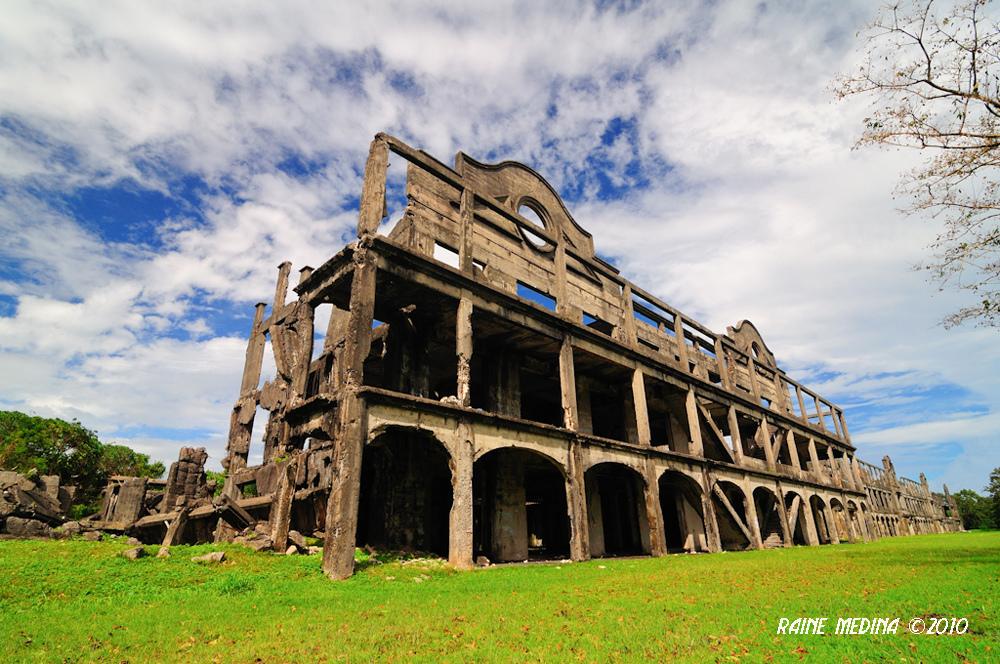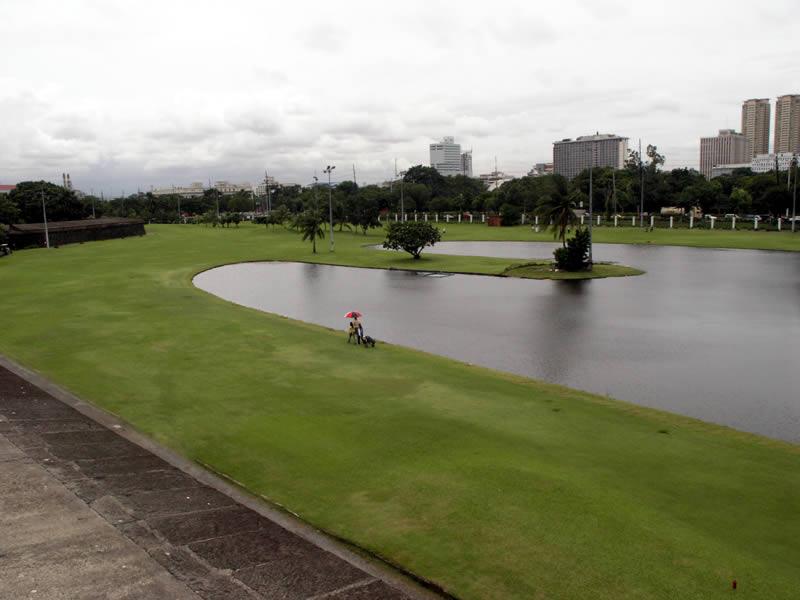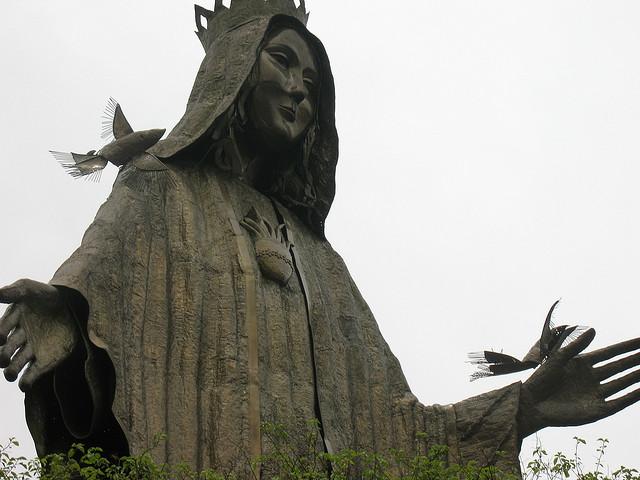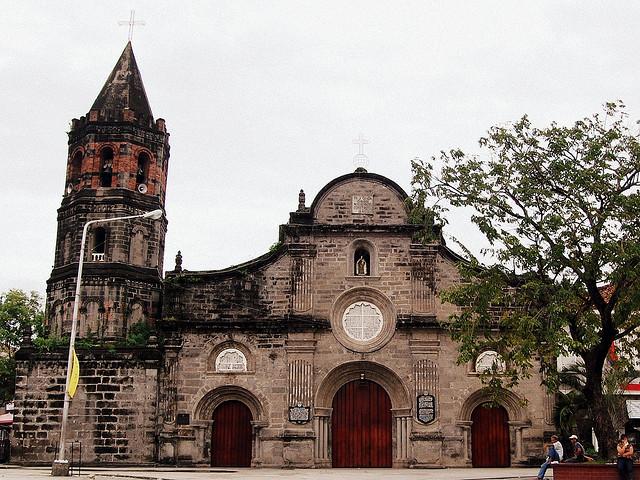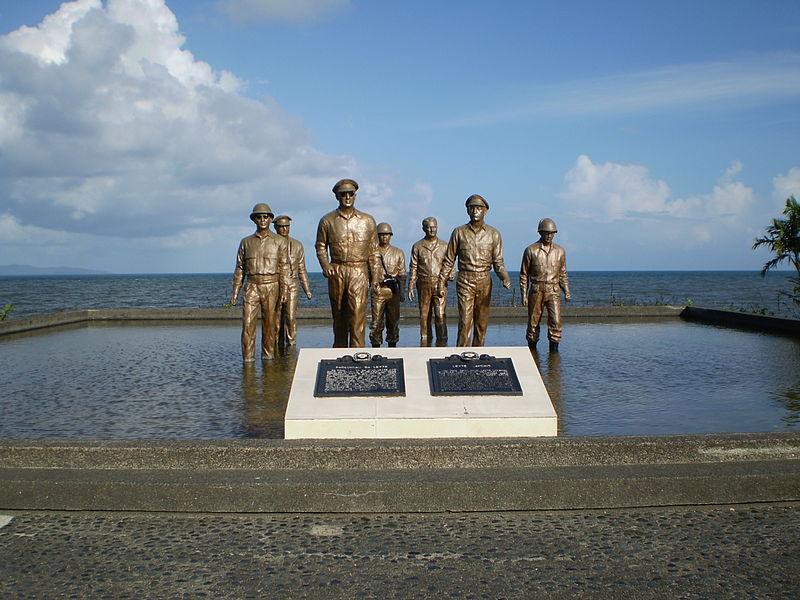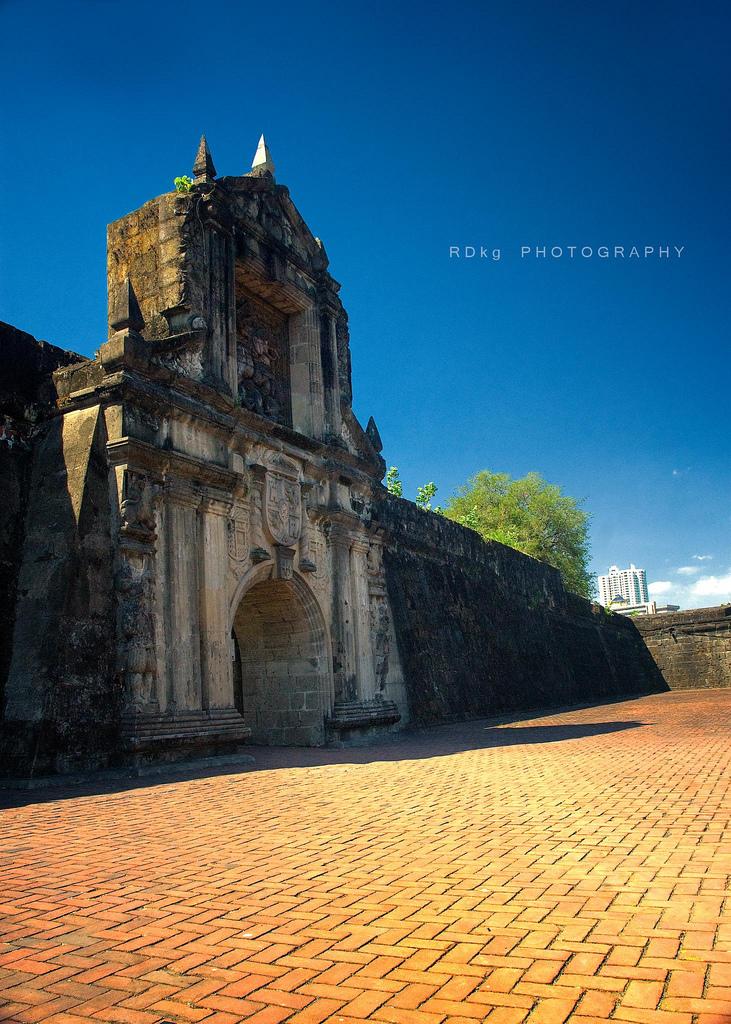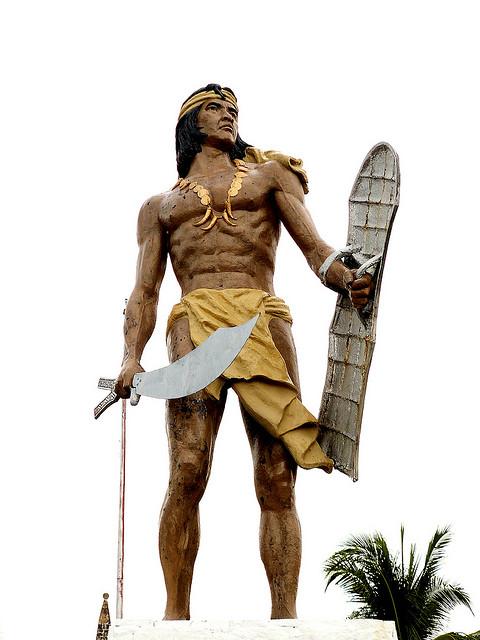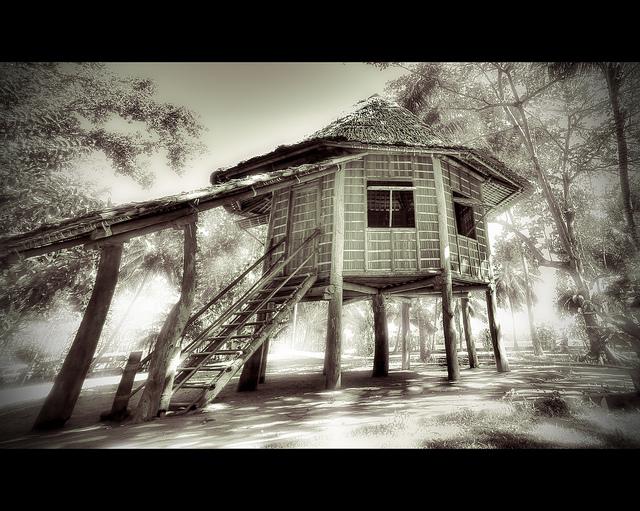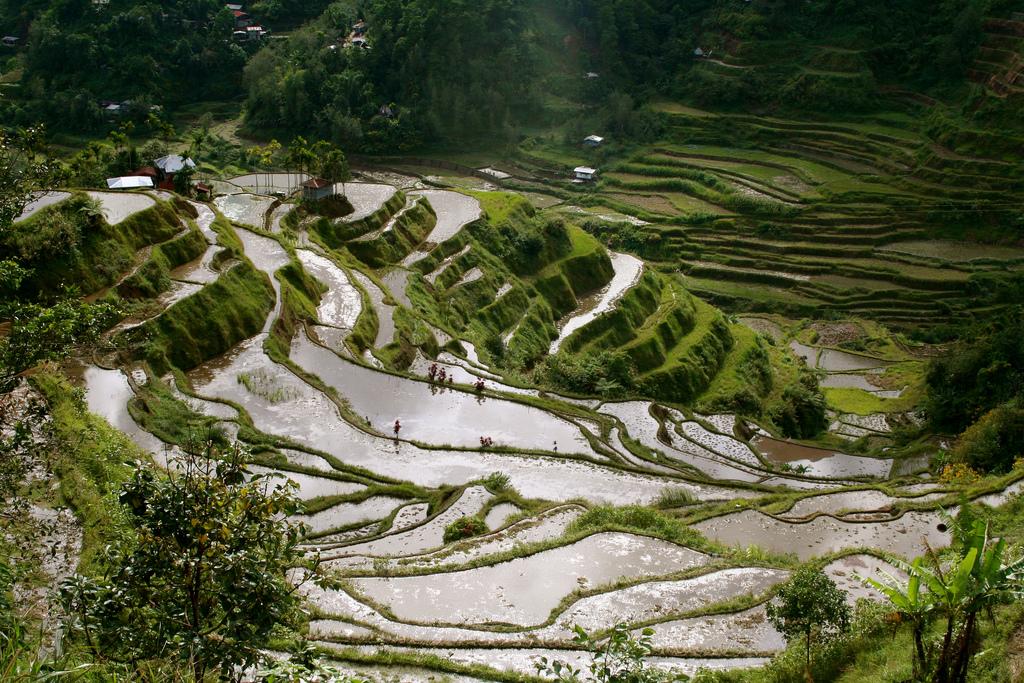Pinoy Trivia
Our Filipino trivia illustrates amusing Filipino facts and what’s best of the Pinoy. Some things charmingly Pinoy never change, and always remained a part of our lives. As a signature of our identity, here are a hundred points that mark us unquestionably Pinoy. If you are homesick, this is one delightful way to put a smile on your face.
MERIENDA. Where else is it normal to eat five times a day?


SAWSAWAN. Assorted sauces that guarantee freedom of choice, enough room for experimentation and maximum tolerance for diverse tastes. Favorites: toyo’t calamansi, suka at sili, patis.
KUWAN, ANO. At a loss for words? Try these and marvel at how Pinoys understand exactly what you want.
PINOY HUMOR AND IRREVERENCE. If you’re api and you know it, crack a joke. Nothing personal, really.
TINAG. Thank goodness for small entrepreneurs. Where else can we buy cigarettes, soap, condiments and life’s essentials in small affordable amounts?
Mano [by Jim Bonner]
SPIRITUALITY. Even before the Spaniards came, ethnic tribes had their own anitos, bathalas and assorted deities, pointing to a strong relationship with the Creator, who or whatever it may be.
PO, OPO, MANO PO. Speech suffixes that define courtesy, deference, filial respect–a balm to the spirit in these aggressive times.
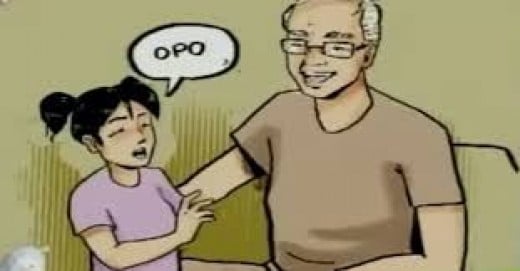

PASALUBONG. Our way of sharing the vicarious thrills and delights of a trip, and a wonderful excuse to shop without the customary guilt.
BEACHES! With 7,000 plus islands, we have miles and miles of shoreline piled high with fine white sand, lapped by warm waters, and nibbled by exotic tropical fish. From the stormy seas of Batanes to the emerald isles of Palawan–over here, life is truly a beach.
BAGOONG. Darkly mysterious, this smelly fish or shrimp paste typifies the underlying theme of most ethnic foods: disgustingly unhygienic, unbearably stinky and simply irresistible.
Bacuit Bay, El Nido, Palawan
BAYANIHAN. Yes, the internationally-renowned dance company, but also this habit of pitching in still common in small communities. Just have that cold beer and some pulutan ready for the troops.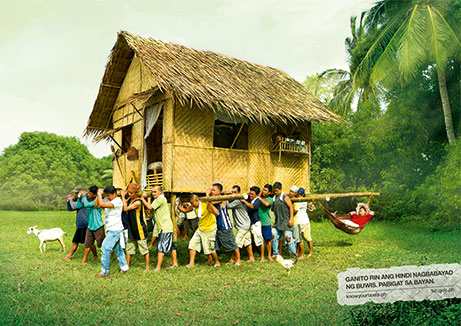

BALIKBAYAN BOX. Another way of sharing life’s bounty, no matter if it seems like we’re fleeing Pol Pot everytime we head home from anywhere in the globe. The most wonderful part is that, more often than not, the contents are carted home to be distributed.
PILIPINO KOMIKS. Not to mention “Hiwaga,” “Aliwan,” “Tagalog Classics,” “Liwayway” and”Bulaklak” magazines. Pulpy publications that gave us Darna, Facifica Falayfay, Lagalag, Kulafu, Kenkoy, Dyesebel, characters of a time both innocent and worldly.
FOLK SONGS. They come unbidden and spring, full blown, like a second language, at the slightest nudge from the too-loud stereo of a passing jeepney or tricycle.
FIESTA. Eat, drink and be merry, for tomorrow is just another day, shrugs the poor man who, once a year, honors a patron saint with this sumptuous, no-holds-barred spread. It’s a Pinoy celebration at its pious and riotous best.

ASWANG, MANANANGGAL, KAPRE. The whole underworld of Filipino lower mythology recalls our uniquely bizarre childhood, that is, before political correctness kicked in. Still, their rich adventures pepper our storytelling.
JEEPNEYS. Colorful, fast, reckless, a vehicle of postwar Pinoy ingenuity, this Everyman’s communal cadillac makes for a cheap, interesting ride. If the driver’s a daredevil (as they usually are), hang on to your seat.
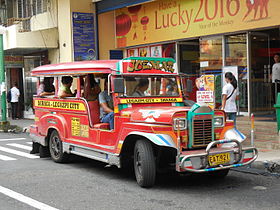

DINUGUAN. Blood stew, a bloodcurdling idea, until you try it with puto. Best when mined with jalape¤o peppers. Messy but delicious.
SANTACRUZAN. More than just a beauty contest, this one has religious overtones, a tableau of St. Helena’s and Constantine’s search for the Cross that seamlessly blends piety, pageantry and ritual. Plus, it’s the perfect excuse to show off the prettiest ladies–and the most beautiful gowns.
BALUT. Unhatched duck’s embryo, another unspeakable ethnic food to outsiders, but oh, to indulge in guilty pleasures! Sprinkle some salt and suck out that soup, with gusto.
PAKIDALA. A personalized door-to-door remittance and delivery system for overseas Filipino workers who don’t trust the banking system, and who expect a family update from the courier, as well.
CHOC-NUT. Crumbly peanut chocolate bars that defined childhood ecstasy before M & M’s and Hersheys.
Pearl Farm, Davao
KAMAYAN STYLE. To eat with one’s hand and eschew spoon, fork and table manners–ah, heaven.
CHICHARON. Pork, fish or chicken crackling. There is in the crunch a hint of the extravagant, the decadent and the pedestrian. Perfect with vinegar, sublime with beer.
PINOY HOSPITALITY. Just about everyone gets a hearty “Kain tayo!” invitation to break bread with whoever has food to share, no matter how skimpy or austere it is.
ADOBO, KARE-KARE, SINIGANG AND OTHER LUTON BAHAY FOOD. Home-cooked meals that have the stamp of approval from several generations, who swear by closely-guarded cooking secrets and family recipes.
LOLA BASYANG. The voice one heard spinning tales over the radio, before movies and television curtailed imagination and defined grown-up tastes.
PAMBAHAY. Home is where one can let it all hang out, where clothes do not make a man or woman but rather define their level of comfort.
TRICYCLE AND TRISIKAD. The poor Pinoy’s taxicab that delivers you at your doorstep for as little as PHPesos3.00, with a complimentary dusting of polluted air.
Fiesta [via Pinoy Centric]
DIRTY ICE CREAM. Very Pinoy flavors that make up for the risk: munggo, langka, ube, mais, keso, macapuno. Plus there’s the colorful cart that recalls jeepney art.
YAYAS. The trusted Filipino nanny who, ironically, has become a major Philippine export as overseas contract workers. A good one is almost like a surrogate parent–if you don’t mind the accent and the predilection for afternoon soap and movie stars.
SARSI. Pinoy rootbeer, the enduring taste of childhood. Our grandfathers had them with an egg beaten in.
PINOY FRUITS. Atis, guyabano, chesa, mabolo, lanzones, durian, langka, makopa, dalanghita, siniguelas, suha, chico, papaya, singkamas–the possibilities!
FILIPINO CELEBRITIES. Movie stars, broadcasters, beauty queens, public officials, all-around controversial figures: Aurora Pijuan, Cardinal Sin, Carlos P. Romulo, Charito Solis, Cory Aquino, Emilio Aguinaldo, the Eraserheads, Fidel V. Ramos, Francis Magalona, Gloria Diaz, Manuel L. Quezon, Margie Moran, Melanie Marquez, Ninoy Aquino, Nora Aunor, Pitoy Moreno, Ramon Magsysay, Richard Gomez, San Lorenzo Ruiz, Sharon Cuneta, Gemma Cruz, Erap, Tiya Dely, Mel and Jay, Gary V.
WORLD CLASS PINOYS. Personalities who put us on the global map: Lea Salonga, Paeng Nepomuceno, Manny Pacquiao. Eugene Torre, Luisito Espinosa, Lydia de Vega-Mercado, Jocelyn Enriquez, Elma Muros, Onyok Velasco, Efren “Bata” Reyes, Lilia Calderon-Clemente, Loida Nicolas-Lewis, Josie Natori. Rico Hizon. Charice Pempengco. Arnel Pineda. Efren Penaflorida.
Jeepney
PINOY TASTES. A dietitian’s nightmare: too sweet, too salty, too fatty, as in burong talangka, itlog na maalat, crab fat (aligue), bokayo, kutchinta, sapin-sapin, halo-halo, pastilyas, palitaw, pulburon, longganisa, tuyo, ensaymada, ube haleya, sweetened macapuno and garbanzos. Remember, we’re the guys who put sugar (horrors) in our spaghetti sauce. Yum!
THE SITES AND SOUNDS. Banaue Rice Terraces, Boracay, Bohol’s Chocolate Hills, Corregidor Island, Fort Santiago, the Hundred Islands, the Las Piñas Bamboo Organ, Rizal Park, Mt. Banahaw, Mayon Volcano, Taal Volcano. A land of contrasts and ever-changing landscapes.
GAYUMA, AGIMAT AND ANTING-ANTING. Love potions and amulets. How the socially-disadvantaged Pinoy copes.
PHILIPPINE BASKETBALL. How the verticaly-challenged Pinoy compensates, via a national sports obsession that reduces fans to tears and fistfights.
PEOPLE POWER EDSA I & 2. When everyone became a hero and changed Philippine history overnight.
SAN MIGUEL BEER AND PULUTAN. “Isa pa nga!” and the Philippines’ most popular, world-renowned beer goes well with peanuts, corniks, tapa, chicharon, usa, barbecue, sisig, and all manner of spicy, crunchy and cholesterol-rich chasers.
RESILIENCY. We’ve survived 400 years of Spanish rule, the US bases, Marcos, the 1990 earthquake, lahar, lambada, Robin Padilla, Tamagochi, Ondoy and Pepeng.
YOYO. Truly Filipino in origin, this hunting tool, weapon, toy and merchandising vehicle remains the best way to “walk the dog” and “rock the baby,” using just a piece of string.
PINOY GAMES. Pabitin, palosebo, basagan ng palayok. A few basic rules make individual cunning and persistence a premium, and guarantee a good time for all.
NINOY AQUINO. For saying that “the Filipino is worth dying for,” and proving it.
BALAGTASAN. The verbal joust that brings out rhyme, reason and passion on a public stage.
TABO. All-powerful, ever-useful, hygienically-triumphant device to scoop water out of a bucket _ and help the true Pinoy answer nature’s call. Helps maintain our famously stringent toilet habits.
PANDESAL. Despite its shrinking size, still a good buy. Goes well with any filling, best when hot.
JOLLIBEE. Truly Pinoy in taste and sensibility, and a corporate icon that we can be quite proud of. Do you know that it’s invaded the Middle East, as well?
THE BUTANDING, the dolphins and other creatures in our blessed waters. They’re Pinoys, too, and they’re here to stay. Now if some folks would just stop turning them into daing.
PAKIKISAMA. It’s what makes people stay longer at parties, have another drink, join pals in sickness and health. You can get dead drunk and still make it home.
SING-A-LONG/KARAOKE. Filipinos love to sing, and thank God a lot of us do it well!
KAYUMANGGI. Neither pale nor dark, our skin tone is beautifully healthy, the color of a rich earth or a mahogany tree growing towards the sun.
San Miguel Beer
HANDWOVEN CLOTH AND NATIVE WEAVES. Colorful, environment-friendly alternatives to polyester that feature skillful workmanship and a rich indigenous culture behind every thread. From the pinukpok of the north to the malong of the south, it’s the fiber of who we are.
MOVIES. Still the cheapest form of entertainment, especially if you watch the same movie several times.
MOVIES. Still the cheapest form of entertainment, especially if you watch the same movie several times.
BAHALA NA. We cope with uncertainty by embracing it, and are thus enabled to play life by ear.
PAPAITAN. An offal stew flavored with bile, admittedly an acquired taste, but pointing to our national ability to acquire a taste for almost anything.
ENGLISH. Whether carabao or Arr-neoww-accented, it doubles our chances in the global marketplace.
THE MEDIA. The liveliest in Asia.
DIVISORIA. Smelly, crowded, a pickpocket’s paradise, but you can get anything here, often at rock-bottom prices. The sensory overload is a bonus.
BARONG TAGALOG. Enables men to look formal and dignified without having to strangle themselves with a necktie. Worn well, it makes any ordinary Juan look marvelously makisig.
FILIPINAS. They make the best friends, lovers, wives. Too bad they can’t say the same for Filipinos.
Jollibee [by Jennifer Doyle]
FILIPINOS. So maybe they’re bolero and macho with an occasional streak of generic infidelity; they do know how to make a woman feel like one.
CATHOLICISM. What fun would sin be without guilt? Jesus Christ is firmly planted on Philippine soil.
DOLPHY. Our favorite, ultra-durable comedian gave the beleaguered Pinoy everyman an odd dignity, even in drag.
STYLE. Something we often prefer over substance. But every Filipino claims it as a birthright.
BAD-TASTE. Clear plastic covers on the vinyl-upholstered sofa, posters of poker-playing dogs masquerading as art, overaccessorized jeepneys and altars–the list is endless, and wealth only seems to magnify it.
MANGOES. Crisp and tart, or lusciously ripe, they evoke memories of family outings and endless sunshine in a heart-shaped package.Mangoes. Crisp and tart, or lusciously ripe, they evoke memories of family outings and endless sunshine in a heart-shaped package.
UNBRIDLED OPTIMISM. Why we rank so low on the suicide scale.
STREET FOOD: Barbecue, lugaw, banana-cue, fishballs, IUD (chicken entrails), adidas (chicken feet), warm taho. Forget hepatitis; here’s cheap, tasty food with gritty ambience.

SIESTA. Snoozing in the middle of the day is smart, not lazy.
HONORIFICS AND COURTEOUS TITLES: Kuya, ate, diko, ditse, ineng, totoy, Ingkong, Aling, Mang, etc. No exact English translation, but these words connote respect, deference and the value placed on kinship.
HEROES AND PEOPLE WHO STOOD UP FOR TRUTH AND FREEDOM. Lapu-lapu started it all, and other heroes and revolutionaries followed: Diego Silang, Macario Sakay, Jose Rizal, Andres Bonifacio, Apolinario Mabini, Melchora Aquino, Gregorio del Pilar, Gabriela Silang, Miguel Malvar, Francisco Balagtas, Juan Luna, Marcelo H. del Pilar, Panday Pira, Emilio Jacinto, Raha Suliman, Antonio Luna, Gomburza, Emilio Aguinaldo, the heroes of Bataan and Corregidor, Pepe Diokno, Satur Ocampo, Dean Armando Malay, Evelio Javier, Ninoy Aquino, Lola Rosa and other comfort women who spoke up, honest cabbie Emilio Advincula, Rona Mahilum, the women lawyers who didn’t let Jalosjos get away with rape.
FLORA AND FAUNA. The sea cow (dugong), the tarsier, calamian deer, bearcat, Philippine eagle, sampaguita, ilang-ilang, camia, pandan, the creatures that make our archipelago unique.
PILIPINO SONGS AND OPM: “Ama Namin,” “Lupang Hinirang,” “Gaano Ko Ikaw Kamahal,” “Ngayon at Kailanman,” “Anak,” “Handog,””Hindi Kita Malilimutan,” “Ang Pasko ay Sumapit”; Ryan Cayabyab, George Canseco, Restie Umali, Levi Celerio, Manuel Francisco, Freddie Aguilar, and Florante–living examples of our musical gift.
METRO AIDES. They started out as Imelda Marcos’ groupies, but have gallantly proven their worth. Against all odds, they continuously prove that cleanliness is next to godliness–especially now that those darned candidates’ posters have to be scraped off the face of Manila!
SARI-SARI STORE. There’s one in every corner, offering everything from bananas and floor wax to Band-Aid and bakya.
CHARITY GROUPS/NGOs: Philippine National Red Cross. PAWS. Caritas. Fund drives. They help us help each other.
FAVORITE TV SHOWS THROUGH THE YEARS: “Tawag ng Tanghalan,” “John and Marsha,” “Champoy,” “Ryan, Ryan Musikahan,” “Kuwarta o Kahon,” “Public Forum/Lives,” “Student Canteen,” “Eat Bulaga.” In the age of inane variety shows, they have redeemed Philippine television.
QUIRKS OF PINOY LANGUAGE: that can drive crazy any tourist listening in: “Bababa ba?” “Bababa!”
“Sayang!” “Naman!” “Kadiri!” “Ano ba!?” “pala.” Expressions that defy translation but wring out feelings genuinely Pinoy.
“Sayang!” “Naman!” “Kadiri!” “Ano ba!?” “pala.” Expressions that defy translation but wring out feelings genuinely Pinoy.
COCKFIGHTING. Filipino men love it more than their wives (sometimes).
Folk Dance
DR. JOSE RIZAL. A category in himself. Hero, medicine man, genius, athlete, sculptor, fictionist, poet, essayist, husband, lover, samaritan, martyr. Truly someone to emulate and be proud of, anytime, anywhere.
NORA AUNOR. Short, dark and homely-looking, she redefined our rigid concept of how leading ladies should look.
NORANIAN OR VILAMANIAN. Defines the friendly rivalry between Ate Guy Aunor and Ate Vi Santos and for many years, the only way to be for many Filipino fans.
FILIPINO CHRISTMAS. The world’s longest holiday season. A perfect excuse to mix our love for feasting, gift-giving and music and wrap it up with a touch of religion.
RELATIVES AND KABABAYANS ABROAD. The best refuge against loneliness, discrimination and confusion in a foreign place. Distant relatives and fellow Pinoys readily roll out the welcome mat even on the basis of a phone introduction or referral.
FESTIVALS: Sinulog, Ati-atihan, Moriones. Sounds, colors, pagan frenzy and Christian overtones.
FOLK DANCES. Tinikling, pandanggo sa ilaw, kariñosa, kuratsa, itik-itik, alitaptap, rigodon. All the right moves and a distinct rhythm.
OFWs
NATIVE WEAR AND COSTUMES. Baro’t saya, tapis, terno, saya, salakot, bakya. Lovely form and ingenious function in the way we dress.
SUNDAY FAMILY GATHERINGS. Or, close family ties that never get severed. You don’t have to win the lotto or be a president to have 10,000 relatives. Everyone’s family tree extends all over the archipelago, and it’s at its best in times of crisis; notice how food, hostesses, money, and moral support materialize during a wake?
CALESA AND KARITELA. The colorful and leisurely way to negotiate narrow streets when loaded down with a year’s provisions.
QUALITY OF LIFE. Where else can an ordinary employee afford a stay-in helper, a yaya, unlimited movies, eat-all-you-can buffets, the latest fashion (Baclaran nga lang), even Viagra in the black market?
ALL SAINT’S DAY. In honoring our dead, we also prove that we know how to live.
ALL SAINT’S DAY. In honoring our dead, we also prove that we know how to live.
HANDICRAFTS. Shellcraft, rattancraft, abaca novelties, woodcarvings, banig placemats and bags, bamboo windchimes, etc. Portable memories of home. Hindi lang pang-turista, pang-balikbayan pa!
PINOY GREENS. Sitaw. Okra. Ampalaya. Gabi. Munggo. Dahon ng Sili. Kangkong. Luya. Talong. Sigarillas. Bataw. Patani. Lutong bahay will never be the same without them.
OFWs. The time and distance we’d go for a better life for our family , as proven by these modern-day heroes of the economy.
THE FILIPINO ARTIST. From Luna’s magnificent “Spoliarium” and Amorsolo’s sun-kissed ricefields, to Ang Kiukok’s jarring abstractions, BenCab’s Sabel and Borlongan’s haunting ghosts, and everybody else in between. Hang a Filipino painting on your wall, and you’re hanging one of Asia’s best.
TAGALOG SOAP OPERAS/TELESERYES. From “Gulong ng Palad” and “Flor de Luna” to today’s incarnations like “Mula sa Puso”–they’re the story of our lives, and we feel strongly for them, MariMar notwithstanding.
MIDNIGHT MADNESS, WEEKEND SALES, BANGKETAS, TIANGGES AND BARATILLOS. It’s retail therapy at its best, with Filipinos braving traffic, crowds, and human deluge to find a bargain.

